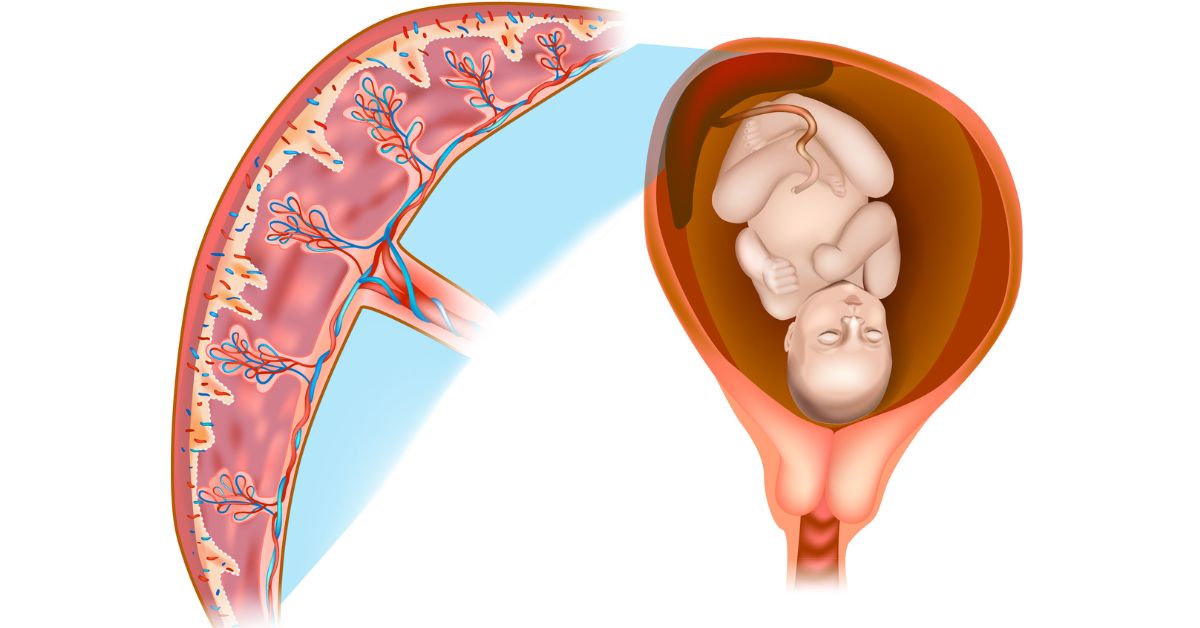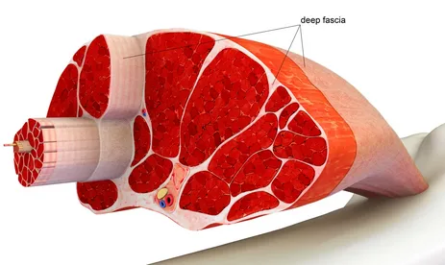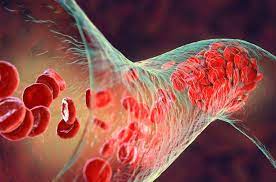A groundbreaking study led by researchers at the Eunice Kennedy Shriver National Institute of Child Health and Human Development (NICHD) has revealed the intricate activity of individual placental cells during childbirth. Published in Science Translational Medicine, the study provides valuable insights into the communication that occurs at the maternal-fetal interface during term labor.
By utilizing single-cell RNA sequencing, also known as single-cell transcriptomics, the research team was able to examine the gene expression patterns and signaling activity of individual cells in the human placenta and surrounding membranes. This approach allowed them to create a comprehensive atlas of the different cell types involved in labor and delivery.
The atlas, derived from samples obtained from 42 term pregnancies, showcases the changes in gene expression patterns in both maternal and fetal-derived cells within the placenta and surrounding membranes. Of particular interest, the researchers discovered that the chorioamniotic membranes, which encompass the fetus and rupture during labor, were the most affected by the labor process.
Furthermore, the study revealed increased activity in fetal stromal and maternal decidual cells, which are responsible for generating inflammatory signaling. This finding supports previous research suggesting that inflammation, unrelated to infection, plays a vital role in sustaining labor.
In addition to its findings regarding term labor, the study also offers a proof-of-concept for identifying pregnancies at risk of preterm birth by utilizing placental biomarkers present in maternal blood. The researchers successfully used the atlas to classify cell-specific signatures of labor, which were detectable in maternal blood samples from both term and preterm pregnancies. However, further validation through larger studies is required.
This extensive research was carried out by the NICHD’s Pregnancy Research Branch, spearheaded by Roberto Romero, M.D., D.Med.Sci., along with Nardhy Gomez-Lopez, Ph.D. from Washington University School of Medicine, and Roger Pique-Regi, Ph.D. from Wayne State University.
The development of this single-cell atlas is a significant achievement in our understanding of labor and delivery processes, as well as the potential causes of preterm birth. With further research and validation, the insights gained from this study could pave the way for early detection and intervention in pregnancies at risk, ultimately reducing the rates of infant mortality and long-term disability associated with preterm birth.
The utilization of single-cell RNA sequencing in the study highlights the power of this cutting-edge technology in unraveling the complexities of biological systems at the cellular level. By analyzing individual cells, researchers are able to gain a more comprehensive understanding of the intricate processes that occur during labor and delivery.
This groundbreaking study not only provides crucial insights into the maternal-fetal interface during term labor, but also paves the way for further research in the field of reproductive health. The creation of a single-cell atlas of placental cells during labor opens up new avenues for understanding the mechanisms behind preterm birth and developing targeted interventions to prevent it. With the potential to revolutionize our understanding of pregnancy and childbirth, this study marks a significant step forward in maternal and child health research.



